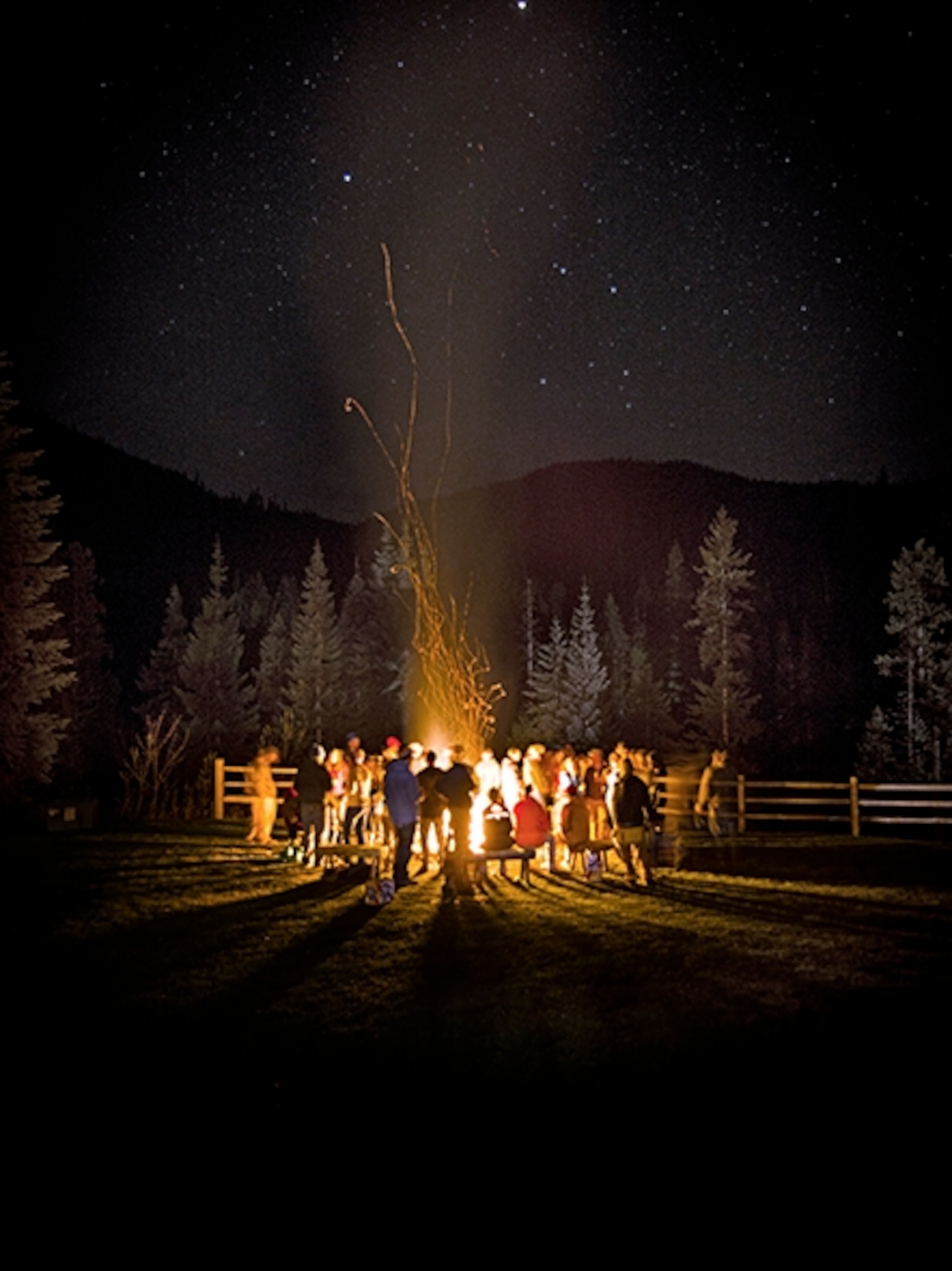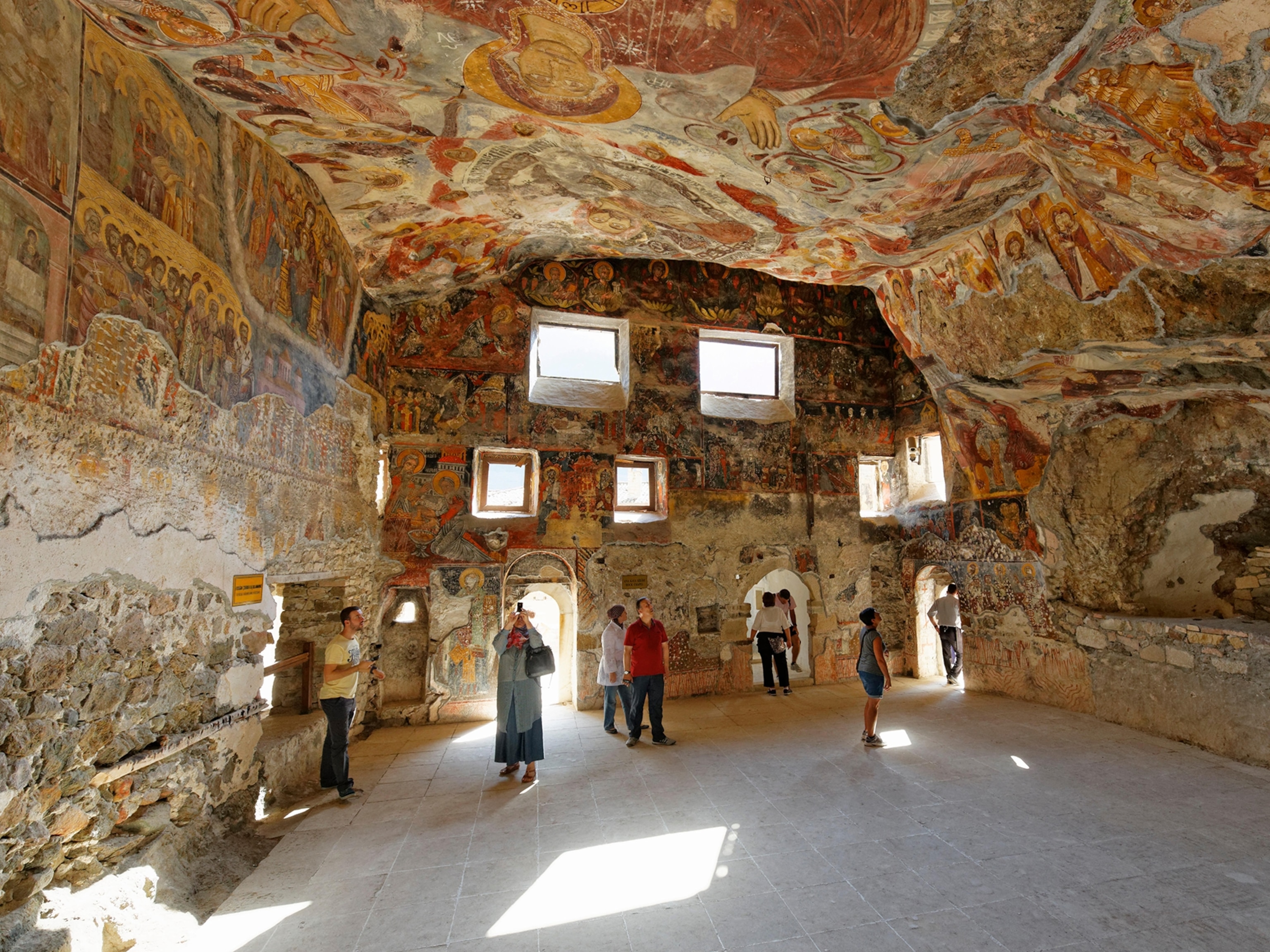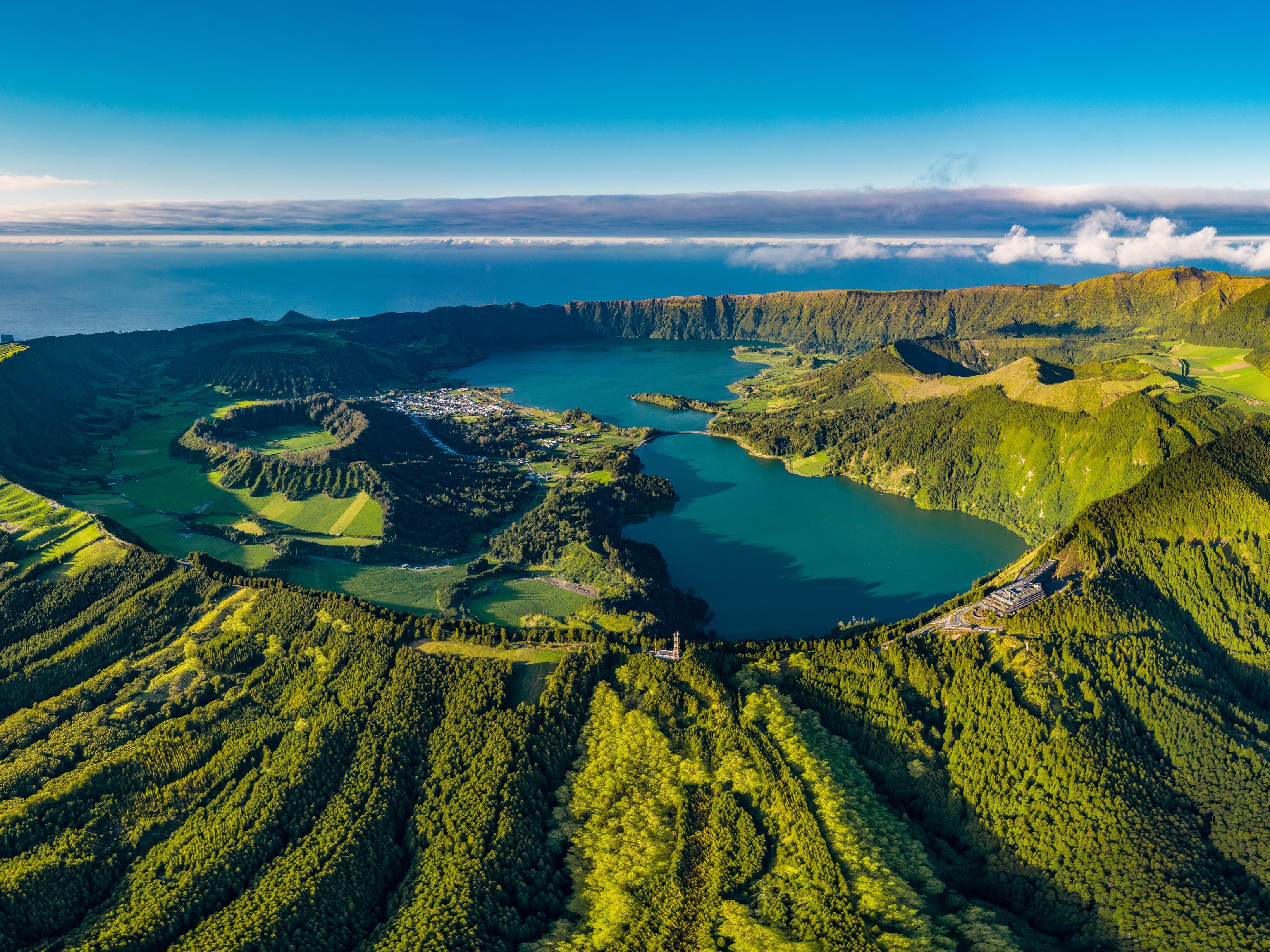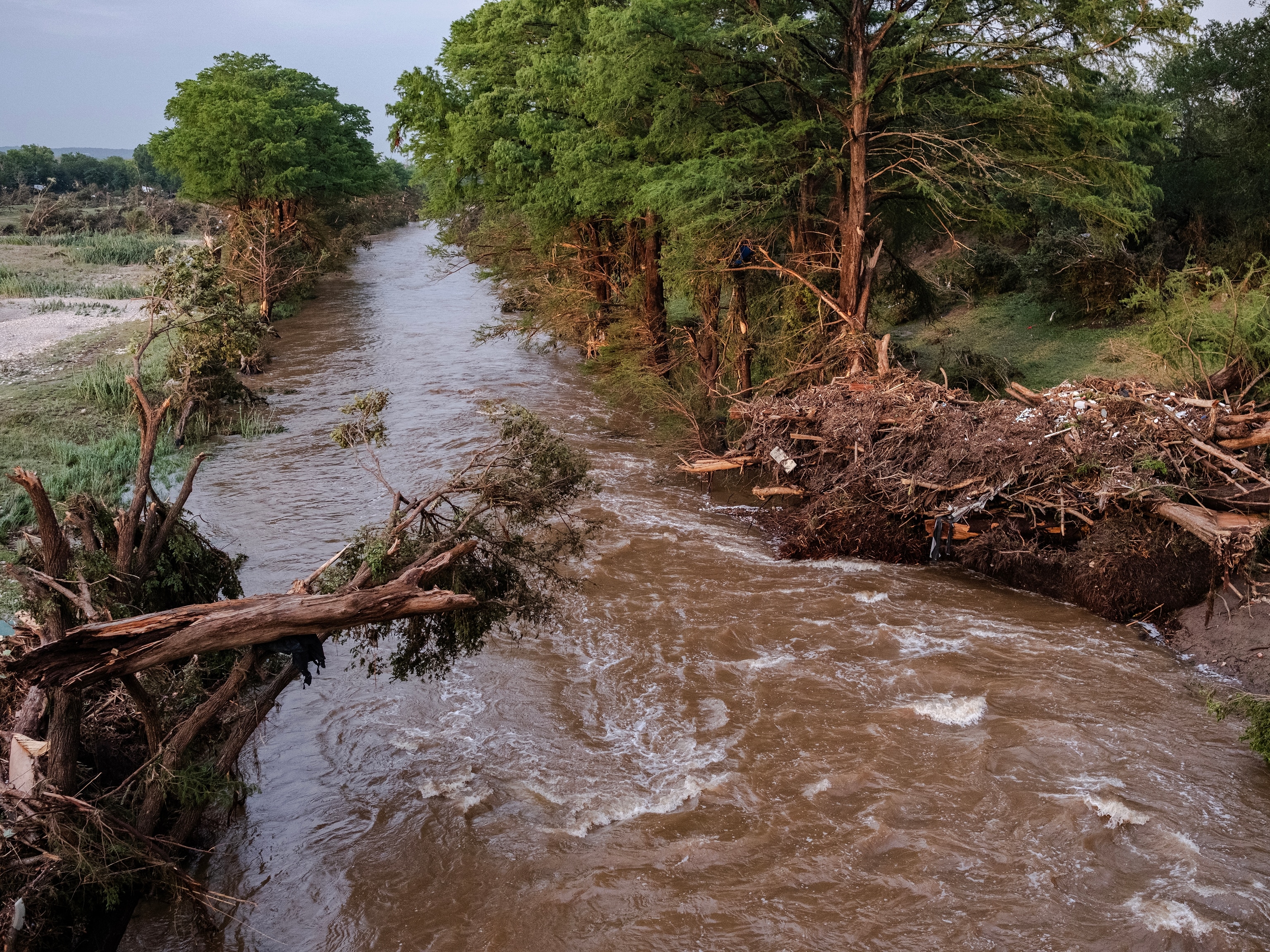
Rafting Wild Whitewater at the Lochsa Rendezvous, Idaho
The light, warm spring rain blanketed the world in a soft veil of sound as we walked among the towering stand of old growth firs. The time had come to exit the Jerry Johnson hot springs, a series rock pools filled with hot water dribbling out of the hillside. Barefoot and soaked through, we made our way a few miles along the now muddy trail back to the highway. The sun broke through the cloud cover as we crossed the bridge over the engorged Lochsa River, and we left the peace and tranquility behind to return to our whitewater crusade. It was my first trip to the Lochsa Rendezvous, a gathering of whitewater junkies rallied to ride the torrential spring runoff cascading out of the Bitterroot Mountains—and without doubt I will be returning.
We arrived at the Lochsa Lodge a day before the rendezvous, and set up camp with our troop of ragtag whitewater guides and friends. An early arrival to secure a campsite on high ground was key, as the melting residual snow banks and continual spring showers would turn the grounds around the lodge into a waterlogged swamp by the end of the weekend. This did not deter river folk from filling the entire camp brim to brim by the following morning. Early to rise, we ate a hearty breakfast and packed the car for the drive down to the put-in and our first day on the river.
The water we were about to ride down and almost surely take at least one unexpected swim in was about as close as water can get to being snow. To ensure comfort and safety, our team of paddlers each sported a full-body dry suit to keep the frigid river at bay.
The Lochsa, a Nez Perce word for “rough water,” gets massive amounts of spring runoff dropping right off the peaks of the Bitterroot Range. It runs down a relatively narrow canyon with huge drops in elevation providing for extremely large whitewater features. This became evident to us immediately after our first few rapids, and we wedged our feet a bit further into the inside of the raft with the knowledge that things were only going to be getting rougher.
As a paddler in the raft, you really have very little control over what the raft does. The guide who sits on the stern of the craft (for this trip, my friend Walker) directs the team of paddlers with commands such as “forward two,” meaning paddle forward two strokes, or “high side,” meaning get to the downriver side of the raft as fast as you can because were about to get dumped into a hole.
With this sense of helplessness, plunging into a surging and seething crush of whitewater is nerve-racking to say the least. We pass rapids with names like Terminator and Grim Reaper, but not without a thorough soaking of sub-arctic feeling water. It’s not till Lochsa Falls that we meet our match.
Huge standing waves of crushing whitewater boil up on either side of a center punch through the middle of the river. There is no going around them. As we roll into the rapid, Walker yells for us to paddle as hard as we can, and as we crest the heaving mass of oxygenated hydro-fury, it seems like we might escape unscathed. In a split second, all that changes.
- National Geographic Expeditions
The boat goes up on end and keeps going up and up, and then over. I am flying through the air for a second before I submerge in the chaos of water, paddles, errant empty beer cans—and all with a boat on top of me. In my head I think: “Alright safety talk, what did they say to do under these circumstances? Feet downriver to avoid hitting my head on a rock, but legs up so I don’t lodge a foot in something and get dragged under and drown. Find the edge of the boat and then make my way to the side.”
By the time I am out, Walker has flipped the raft back over and has half our team already back in while he shouts commands to those still with paddles. I clamber back over the gunnels and into my seat. “Face forward and paddle hard!” Walker yells, “Were not out of it yet.”
Back at the lodge that evening bundled in fleece with a warm meal in my belly and a crackling campfire at my feet, the freezing void of our swims that day seem distant. A live band, Ted Ness and the Rusty Nails, announces their intent to bring on the night via pick and thrum to the gathering crowd of bearded, red-faced, and rough and tumble mountain folk around us. These people are the sorts who come together over a common love for the inhospitable. They are the type who know that a beer or two after a day of getting the worked by Mother Nature and then howling back in her face with an “all forward paddle” tastes that much better. They are my kind of people.





